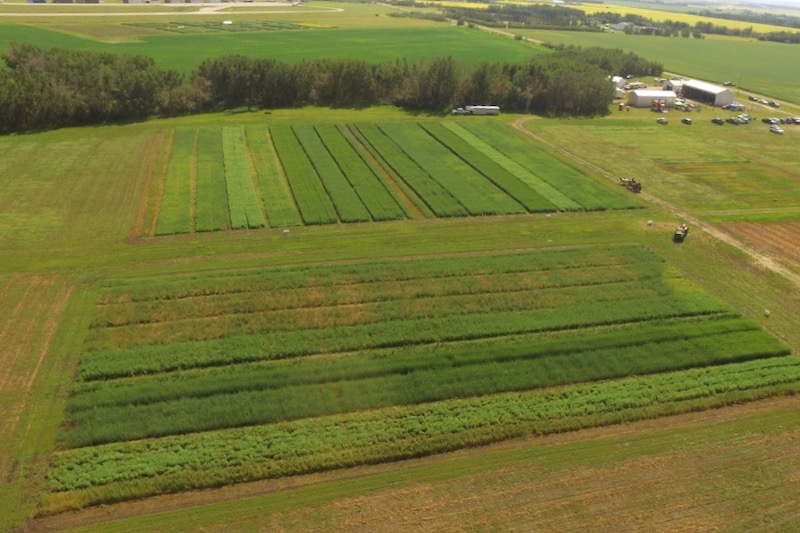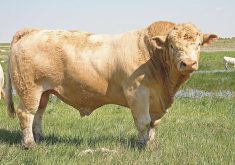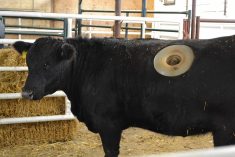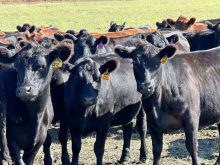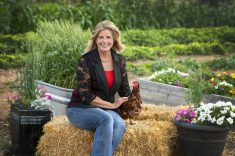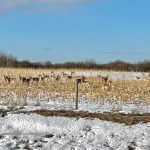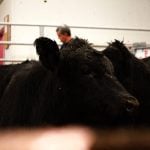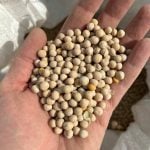Alberta farmers need local, practical research but applied research associations say they’ve been hamstrung by a lack of provincial funding — and some may have to pack it in if that doesn’t change soon.
“A lot of the groups are kind of squeezed to the point where, if we don’t get something secured right now, there are going to be some major changes or even some closing,” said Ken Coles, executive director of Farming Smarter in Lethbridge.
His association is one of a dozen farmer-led applied research organizations that have informally banded together to lobby the province for adequate and stable funding.
Read Also

Grazing ‘sweet spot’ boosts pasture performance
Timing-focused approach to pasture management touted to boost forage growth, livestock gains while also cutting farmer labour and inputs
And the main pitch from the regional ag associations, as they now call themselves, is that they do critical work in helping producers adopt new practices and techniques that bolster farms and the provincial ag economy.
“It’s important to do local research,” said Liisa Jeffrey, executive director with Peace Country Beef and Forage Association in Fairview.
“The Peace is a large region and is fairly lacking in other research resources. There is no college or university tackling agriculture research in the region, and (Agriculture and Agri-Food Canada’s) Beaverlodge research station has severely reduced its activities in the last few years.”
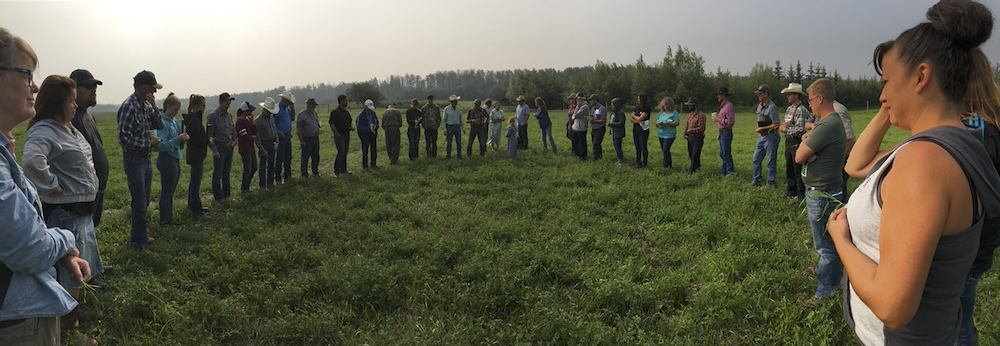
Funding has long been an issue for the associations, which vary greatly in size and the scope of work they do. But the situation has become more acute under the current government, the groups say. That’s partly because the province has dramatically reduced its own extension services but also because it handed off association funding when it created Results Driven Agriculture Research (RDAR). That arms-length agency is primarily focused on backing individual research projects, not groups.
“We’re coming to the end of a two-year funding cycle that ended up going through RDAR,” said Coles. “We’ve been fighting to get our funding more stable and sufficient for our groups. We were still given this $2 million grant that was the same amount of money here that we’ve gotten for about 19 years now.”
That funding ends next March and “after that, our capacity funding is up in the air,” said Laura Gibney, manager of Foothills Forage and Grazing Association in High River.
But like Jeffrey and other association leaders, she said producers are looking for information on practices they can put to work on their operations — and that need has increased because there are no longer provincial extension officials to whom they can turn.
“One thing that we’ve seen in the last five years is that Alberta Agriculture has got out of having extension specialists,” said Gibney. “They have left a bit of a hole and a gap. We do our best to provide unbiased information, explore new technology and innovations in the industry and be a conduit between researchers and farmers.”
Making their case
“He was quite supportive of our efforts,” said Coles. “He talked to RDAR and his own department and asked if we could work towards a solution.
“There’s a little opportunity right now to put in a good word about what we do and get something a little more consistent back. There’s more pressure put on our organizations to up their game.”
The total ask from the 12 groups is $8 million annually in base funding, although Coles said the organizations would thrive if that was increased to $12 million.
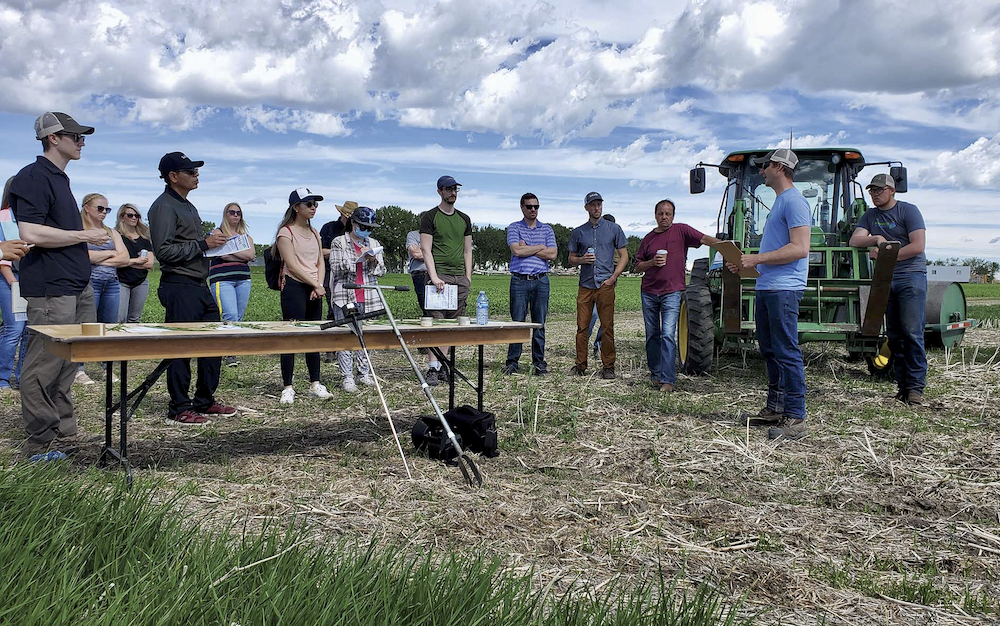
But “the jury is out” on whether their appeal will ultimately be successful, said Dianne Westerlund, general manager of the Chinook Applied Research Association in Oyen.
“The proposal is very strong,” she said. “We’re very hopeful that we’ll end up with base funding. The reason for that being so important is the base gives us that stability and security to develop partnerships, to put proposals together and access other funding. Without that base, we would really struggle.”
“We’re really hoping for a five-year agreement that will help cover capacity or core base funds,” added Gibney. “Project funds are awesome and wonderful. But in order to go after project funds, you do need to have that base core of operations.”
However, several officials said they are worried because things have been moving slowly and they fear the issue could be set aside as the United Conservative Party leadership gets into full swing and then moves into election mode.
‘A tremendous struggle’
“It’s been a tremendous struggle,” said Becky Doherty, manager of West Central Forage Association. “Our organization in particular, we’ve had a lot of struggles trying to attract and retain talented staff.”
The organization, which has a staff of three, would have to close its doors if its base funding isn’t renewed, she said.
But given that the amount of provincial funding hasn’t increased for 20 years, the operation is threadbare, added Doherty, pointing to its plot seeder, which dates back to the 1990s, as an example of their long-standing budget woes.
“There’s not a lot of opportunities to access funding for capital items,” she said. “That in particular is going to be one of our biggest struggles. How do we offer high quality research when we can’t update our capital or attract and maintain really talented people?”
New equipment and more funding could make a big difference, she said, adding the group is trying to keep up with the demand for information from producers, but doesn’t have the capacity.
This year the association had to discontinue an innovative and popular program that brought in and distributed Canada thistle stem-gall flies and stem-mining weevils to producers battling infestations of the noxious and hard-to-control weed. The organization’s tiny staff didn’t have time to administer the program, said Doherty, adding her top funding priorities are to give her staff a raise and to add an agronomist.
The Peace Country Beef and Forage Association is somewhat larger (seven staff and one intern) but operates a leased 340-acre farm, where it can do long-term projects. The farm is also used for some projects by graduate students from the University of Alberta. The group also provides extension services, such as assisting producers with ration balancing, feed and soil testing and completing an environmental farm plan.
But almost all its funds come from public sources, said Jeffrey.
“Because we are almost entirely livestock and forage focused, it’s very hard for us to access private industry funds or funds from (crop) commissions,” she said. “The funds just aren’t there.”
Focusing on local conditions
“We’re providing that adaptive component,” she said, adding the group takes research done in other locations and tests it to see if it will work under local conditions.
“Producers have the opportunity to see (research and application) at the local level,” she said. “That will be impacted if we aren’t successful in securing some base funding.”
With a staff of 10, Farming Smarter is one of the largest groups but its public funding is only a small percentage of its budget. However, it’s a critical part and the government should want to fund the work of regional ag associations, said Coles.
“We’re not looking for handouts,” he said. “We’re looking for partnership and mutual investment towards collective goals in spurring and supporting agricultural innovation.”
The other associations that have banded together are: Grey Wooded Forage Association, Battle River Research Group, Lakeland Agricultural Research Association, Gateway Research Organization, Sarda Ag Research, North Peace Applied Research Association and Mackenzie Applied Research Association.
“It’s been really positive that we’re in discussions and that we’re working on this. We’ve all talked about having an advocacy message or a network going forward,” said Gibney.
But because the organizations are so different, a “cookie cutter” approach will not work, said Westerlund.
“From our discussions with RDAR and Alberta Ag folks, they do recognize it,” she said. “It will be difficult to put a formula together that works for us all, but we’re very hopeful that does come out in further discussions here over the next few weeks.”
But decisions need to be made, said Coles.
“We’re kind of reaching the point of critical change and I think the minister recognizes that,” Coles said.


